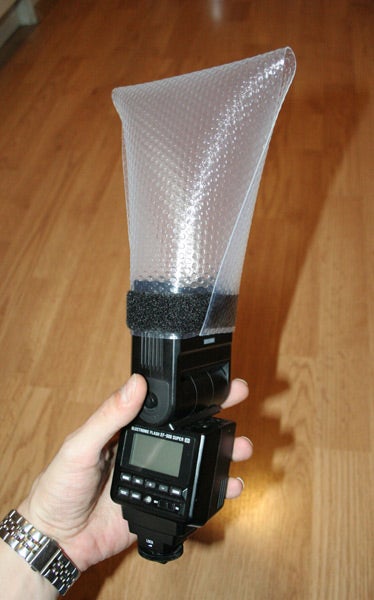The tripod is usually considered the ultimate standard for keeping your camera steady.
But there is a way to make it an even more rock-solid way to keep your camera from shaking: Hang extra weight from it.
Many of the newer tripods have a hook on the bottom of the center column. It will either be permanently out or one that retracts inside the column when not in use, but the purpose is the same: To provide extra stability to the tripod.
In an ideal situation — read in a studio or indoors with few people around — a tripod's three legs provide significant stability for a camera. But outside, there's wind and other things that can cause shaking or movement.
Plus, if you have to raise the center column, that adds a measure of instability as you are putting a large amount of weight up high on a narrow column.
The hook at the bottom fixes that, to a major degree.
One of the things a weight at the bottom does is lowers the tripod's center of gravity. Instead of being top-heavy with a camera and lens at the top, there's more weight lower on the tripod, making it more stable.
The extra weight also pulls down on the legs, further stabilizing the legs.
Some photographers will hang sand bags from the hook to provide that stability, others use it for their camera bags.
I was going to shoot fireworks on the Fourth of July, and with a slight wind I thought I might want to put some weight on my tripod to keep it still. But my camera bag weighs in more than the tripod's total weight capacity.
Instead, I took my water bottle, which holds 24 ounces of liquid — about 1.5 pounds — and hung it on the hook with the carabiner I used to attach it to my camera bag when I travel.
I could clip a second bottle on to it, giving additional weight and stability. And the carabiner's short enough to keep it from swinging wildly in the wind.
In case you're wondering, here's one of the fireworks photos I took with the stabilized tripod.
If you're looking for tips on how to shoot fireworks, Digital Photography School has some tips here.























